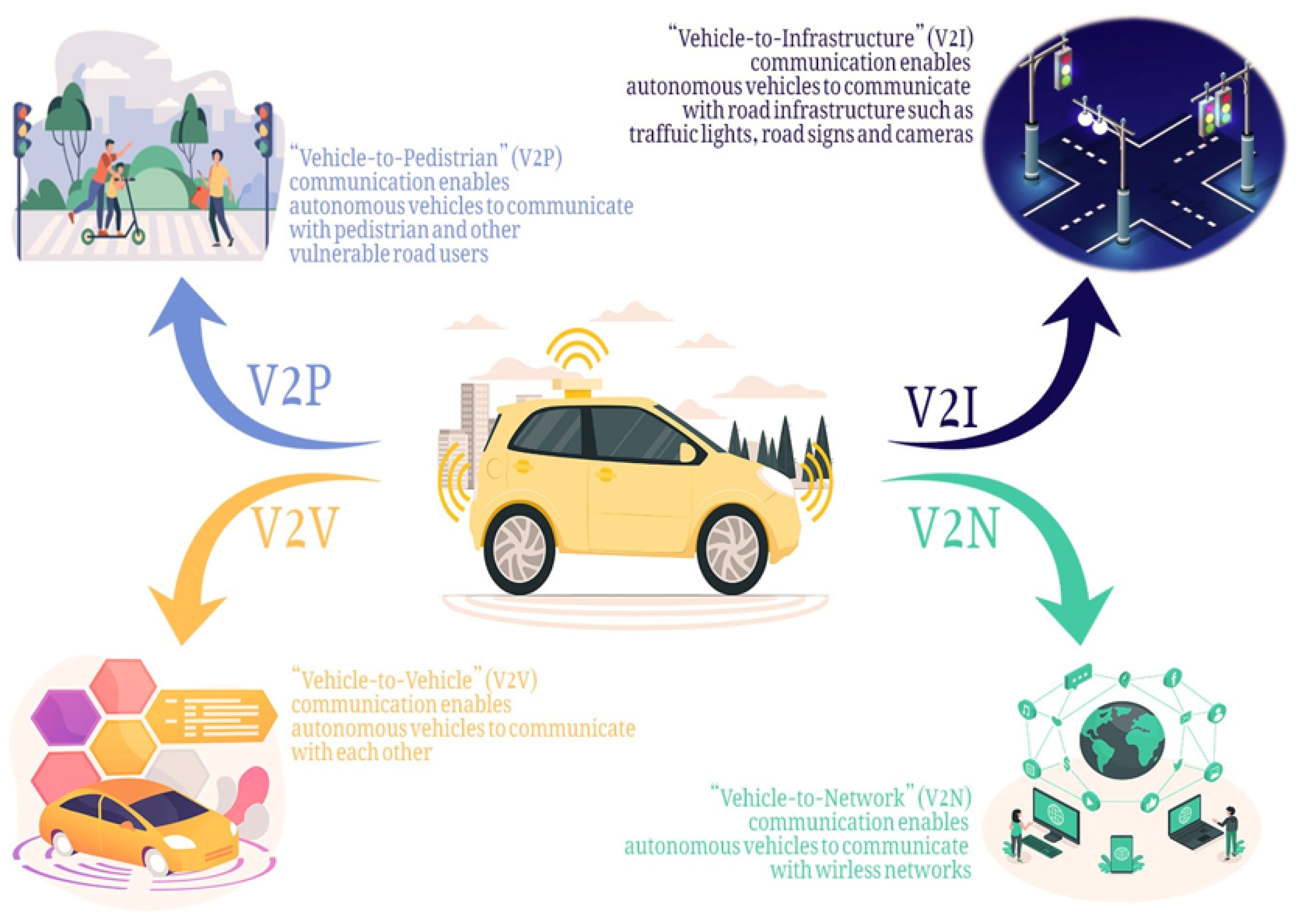A detailed explanation of a16z's recent investment in PIN AI: Using Personal AI for Daily Life
It is an honor to complete this research under the guidance of Meteorite Labs, based on the experience exchange of hundreds of Web2 AI applications.
PIN AI, a project selected by a16z Crypto Startup Accelerator Fall Program, has secured a seed round of financing of US$10 million. Notable investors include a16z Crypto, Stanford Blockchain Accelerator, Hack VC, and Foresight Ventures. Angel investors such as Illia Polosukhin, Scott Moore, Lily Liu, Evan Cheng, and DCBuilder have also shown their support. The article co-written by the three co-founders of PIN AI explains the project's focus on creating useful AI applications for daily life scenarios.
Understanding PIN AI
PIN AI is an open AI network that enables developers to build practical AI applications. The platform prioritizes the development of "useful AI applications" similar to AI Agents like MultiOn and Jace.ai in the Web2 sphere. These applications aim to assist users with tasks such as online shopping, travel planning, and investment decisions.
One of the key distinctions of PIN AI is its emphasis on enhancing daily life experiences rather than work-related tasks. In essence, PIN AI can be seen as a fusion of AI and DePIN:
- Personal AI: A personalized AI Agent that adapts to user preferences in real-time, acting as a liaison between users and agent services.
- Agentic Services: AI Agents built on the blockchain for Web2 platforms, capable of carrying out tasks on various top platforms while recording processes on the blockchain.
The Role of PIN Protocol
The PIN Protocol serves as a decentralized data storage network that enables users to connect their devices and share data securely. It incorporates a BERT-based model for data anonymization, ensuring user privacy and compliance with data regulations. The protocol consists of three main components:
- Private Storage and Computing Layer: Securely stores user-shared device data, making relevant data accessible for personal AI and proxy services while rewarding users with native tokens $PIN.
- Data Connector: Utilizes zk technology to track and verify user data on the network, requiring node operators to stake $PIN tokens for verification.
- Proxy Link: Facilitates the matching of personal AI with proxy services based on performance indicators, ensuring efficient task completion.
Workflow of PIN AI

When a user interacts with PIN AI, the following steps are typically followed:
- Step 1: Personal AI - Collect user's requirements
- Step 2: PIN Protocol - Prepare for task execution
- Step 3: Proxy service - Execute specific steps
- Step 4: PIN Protocol - Feedback results to users
Value Transfer in PIN AI
Users engaging with PIN AI may involve the payment of Gas fees to the PIN Protocol for task activations. Upon completion, both the PIN Protocol and proxy service can receive a portion of the service fee as a reward, demonstrating the value transfer mechanism within the ecosystem.
Future Prospects of PIN AI
PIN AI presents a promising opportunity for developers and users alike to engage in a collaborative AI ecosystem. By incentivizing innovation and rewarding users for their contributions, PIN AI aims to foster a wave of creativity and ownership within the Web3 landscape. The anticipated launch of the test network in October and the main network in January signals an exciting journey ahead in the realm of Personal AI and decentralized data sharing.
Join us in exploring the potential of PIN AI as we embark on this transformative journey towards a more collaborative and user-centric AI future.
Article Source: PIN AI - The Open Platform for Personal AI




















